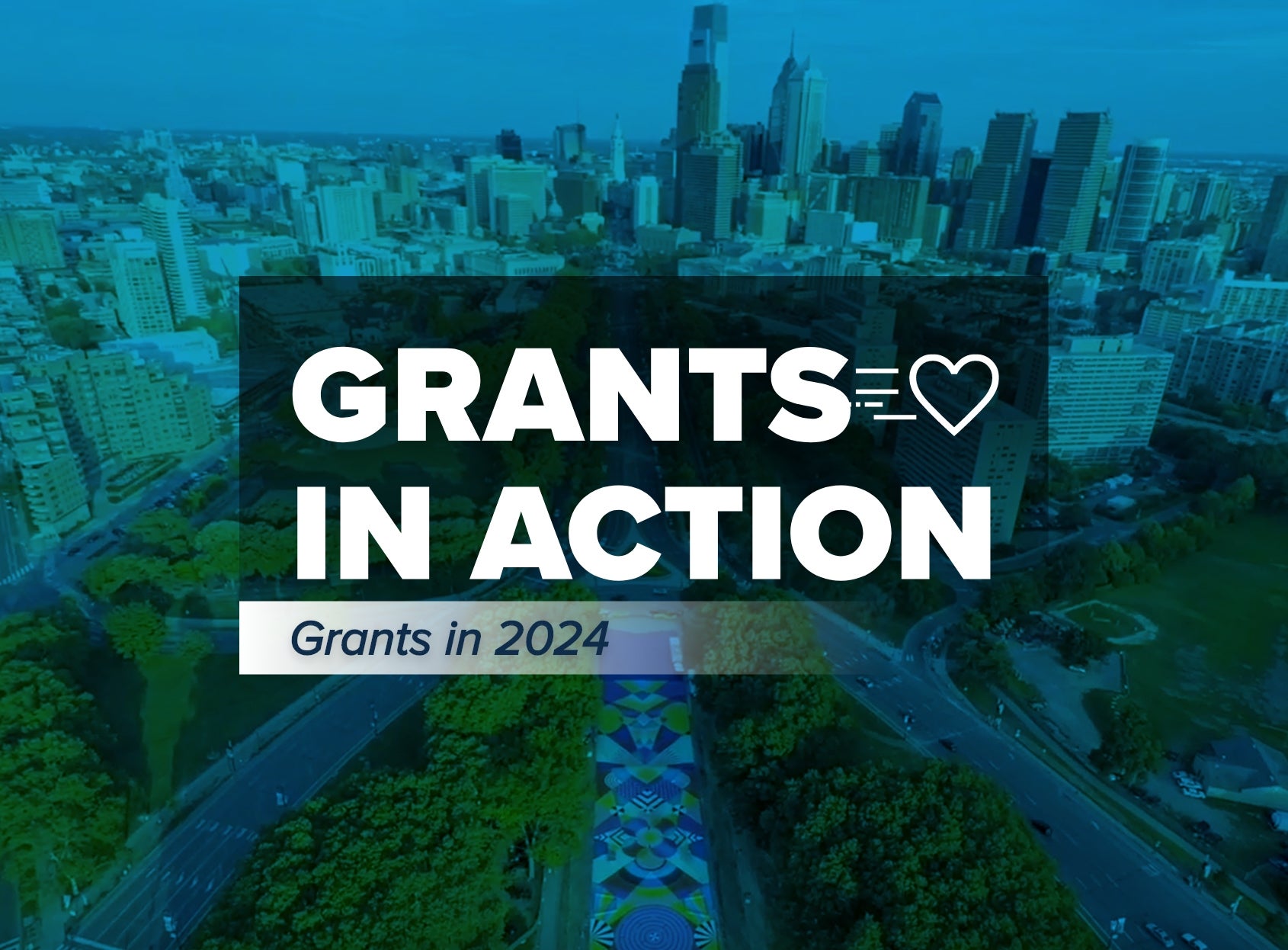What the CARES Act Means for Your Philanthropic Clients

As the fall-out from COVID-19 continues, your philanthropic clients may look to you for guidance on how the new stimulus act affects their charitable giving. Fortunately, you have some good news to share with them. The $2 trillion Coronavirus Aid, Relief, and Economic Security (CARES) Act, which was signed into law at the end of March, not only provides direct financial relief for charitable organizations in the form of loans and loan forgiveness, it also helps your clients give more by offering expanded tax benefits.
New Charitable Deduction for Individuals
With today’s heightened need for donations, the CARES Act encourages taxpayers who do not itemize their deductions to make cash gifts in 2020. These donors—who represent the vast majority of taxpayers—can deduct up to $300 of their charitable gifts this year, in addition to taking the standard deduction. These gifts must be in the form of cash, not securities, and the deduction is available only for gifts made to public charities and private operating foundations. It does not apply to gifts to donor-advised funds (DAFs), private nonoperating foundations or supporting organizations.
While the majority of your clients may itemize their deductions, some may have children who take the standard deduction. Other clients may practice bundling, whereby they itemize their deductions one year and take the standard deduction the next. For these clients, an “above-the-line” deduction could be a potentially valuable way to reduce their adjusted gross income (AGI) and consequently their taxes.
New 100 Percent AGI Deduction Limit for 2020
For donors who itemize their deductions, the new law temporarily increases income limits for cash contributions. For tax year 2020, individuals may deduct up to 100 percent of their AGI for cash donations, and corporations may deduct up to 25 percent. Excess contributions can be carried forward for up to five years (subject to previous income limits in subsequent years). These higher limits apply to contributions made directly to charitable organizations, not to contributions to giving vehicles such as DAFs, SOs and private nonoperating foundations.
Stacking Contributions
For clients who wish to donate a large percentage, or even 100 percent, of AGI, one way to give is to make gifts of both cash and appreciated assets. The new law does not change the 30 percent of AGI deduction limit for gifts of appreciated assets to public charities or the AGI deduction limits for gifts to DAFs. However, your clients can deduct up to 30 percent of income for one or more contributions of long-term, appreciated securities (including gifts to their DAFs)—and still make additional tax-deductible contributions to operating charities equal to the difference up to 100 percent of AGI. For instance, clients could direct a portion of their charitable gifts to nonprofits supporting their local community. In addition, they could contribute a portion of their gifts—possibly non-cash, appreciated assets—to their DAF to disburse as grant recommendations later as needs in their community change.
Long-term appreciated assets make particularly tax-efficient gifts but are often difficult for small charities to accept. DAFs can be a powerful solution. Besides the ability to convert complex assets to charitable capital, DAFs offer clients other impact strategies as well, including international grantmaking and the ability to make multi-year grant commitments. By helping your clients divide their giving across different charitable giving vehicles, you can help them increase their tax benefits and have more to give.
If you would like more information, please don’t hesitate to contact National Philanthropic Trust by phone at (888) 878-7900 or by email at npt@nptrust.org.
NPT does not provide legal or tax advice. This blog post is for informational purposes only and is not intended to be, and shall not be relied upon as, legal or tax advice. The applicability of information contained here may vary depending on individual circumstances.
To download a PDF of this blog post, click below:


